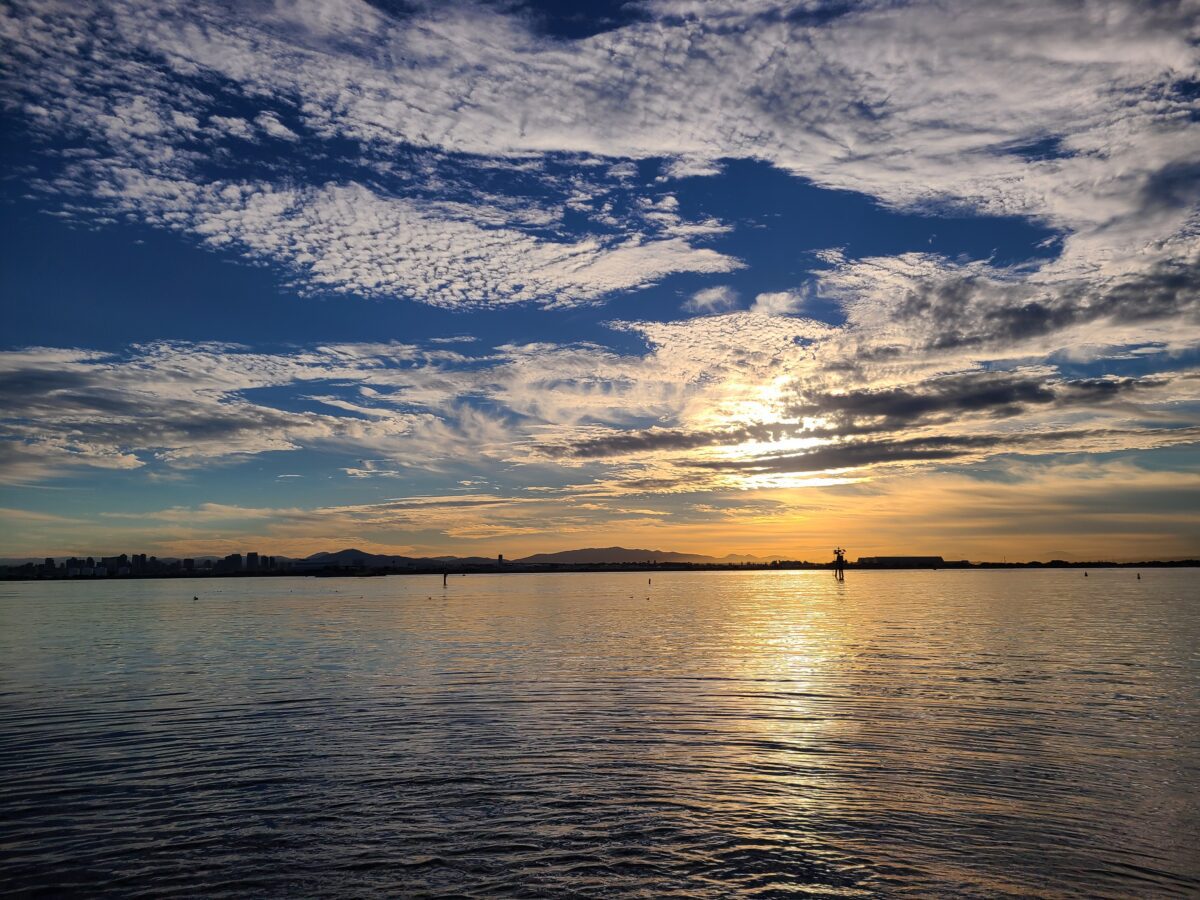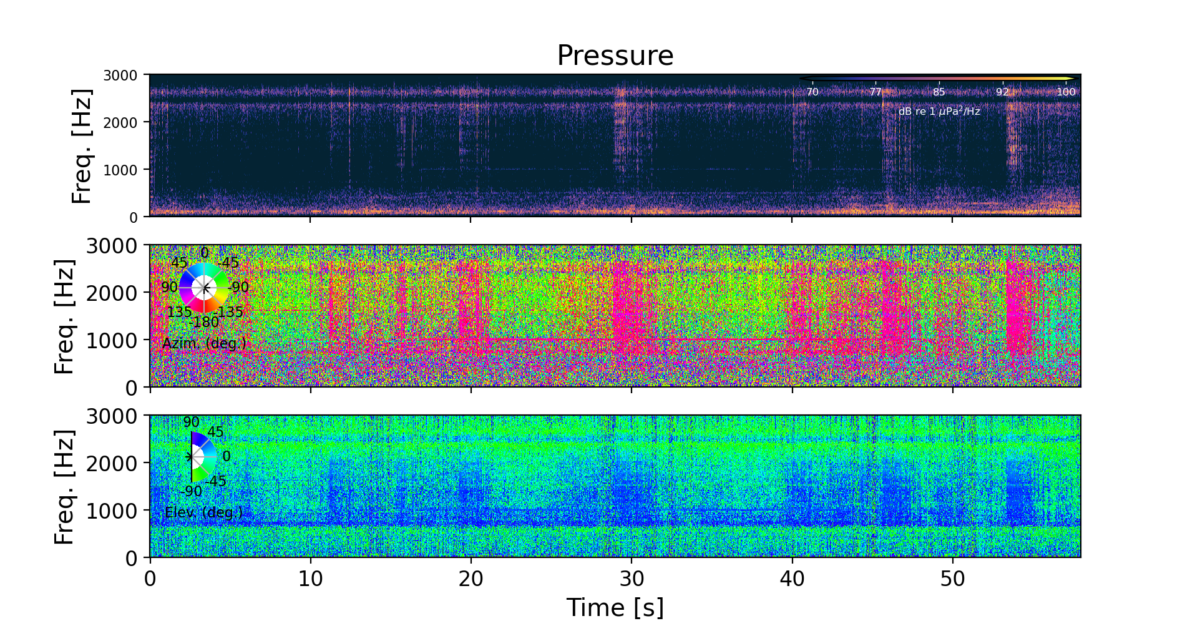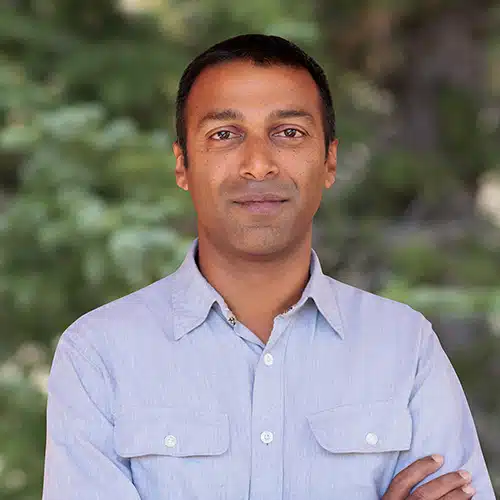CalWave, San Diego
By Kaustubha Raghukumar, Ph.D., Senior Consultant
Grace Chang, Ph.D., Senior Science Advisor, Director of Research and Development

OUR CHALLENGE
Marine renewable energy installations such as wave and tidal energy converters are expected to have very low levels of acoustic energy, which can make it difficult for traditional methods of acoustic sensing such as hydrophones to accurately measure for environmental compliance. The accurate measurement of these low levels of sound is easily confounded by other sounds in the environment such as those from boats, shipping, and marine animals. The NoiseSpotter® allows for directional attribution of sounds in the marine environment, which makes it easier to characterize low level sound by virtue of directional filtering of other louder, confounding sounds.
CalWave Wave Energy Converter
OUR APPROACH
To characterize wave energy converter (WEC) sounds relative to ambient, environmental, and other anthropogenic sounds, the Integral team deployed the NoiseSpotter® (DE-EE0007822; Raghukumar et al., 2020), near the CalWave Power Technologies Inc. (CalWave) operational, pilot-scale WEC. The NoiseSpotter® is comprised of a compact array of three acoustic particle motion sensors that measure acoustic pressure and the three-dimensional particle velocity vector associated with the propagation of an acoustic wave in real-time.
The NoiseSpotter® was deployed near the CalWave WEC, offshore of the Scripps Institution of Oceanography (SIO) Research Pier in San Diego, California in approximately 30 m water depth. NoiseSpotter® measured natural and anthropogenic sounds (e.g., WEC operations, vessel traffic, breaking waves, and gray whale vocalizations) over a period of approximately 10 days in November 2021, in the frequency band 0.05-3 kHz. Additionally, an autonomous broadband acoustic recorder measured acoustic pressure in the 0-96 kHz frequency band. An extensive set of acoustic particle motion and pressure data was collected by the NoiseSpotter® at varying distances and directions from the CalWave WEC, as well as during different operational configurations.
OUR IMPACT
The NoiseSpotter® distinguished sounds of interest, such as those from the CalWave WEC from surrounding sounds, including flow noise, and relayed frequency spectra in near real-time to a cloud-based server using a cellular telemetry link. The resulting measurements will provide the CalWave team with accurate insight into sound produced by their device, which will aid in future environmental permitting and compliance for larger scale devices.
Directional sounds from CalWave Wave Energy Converter. (Top) Spectrogram showing periods of sound associated with the WEC. (Middle) Azimuthal angles of sounds. (Bottom) Elevation angles of sound.
Audio clip of the WEC.




